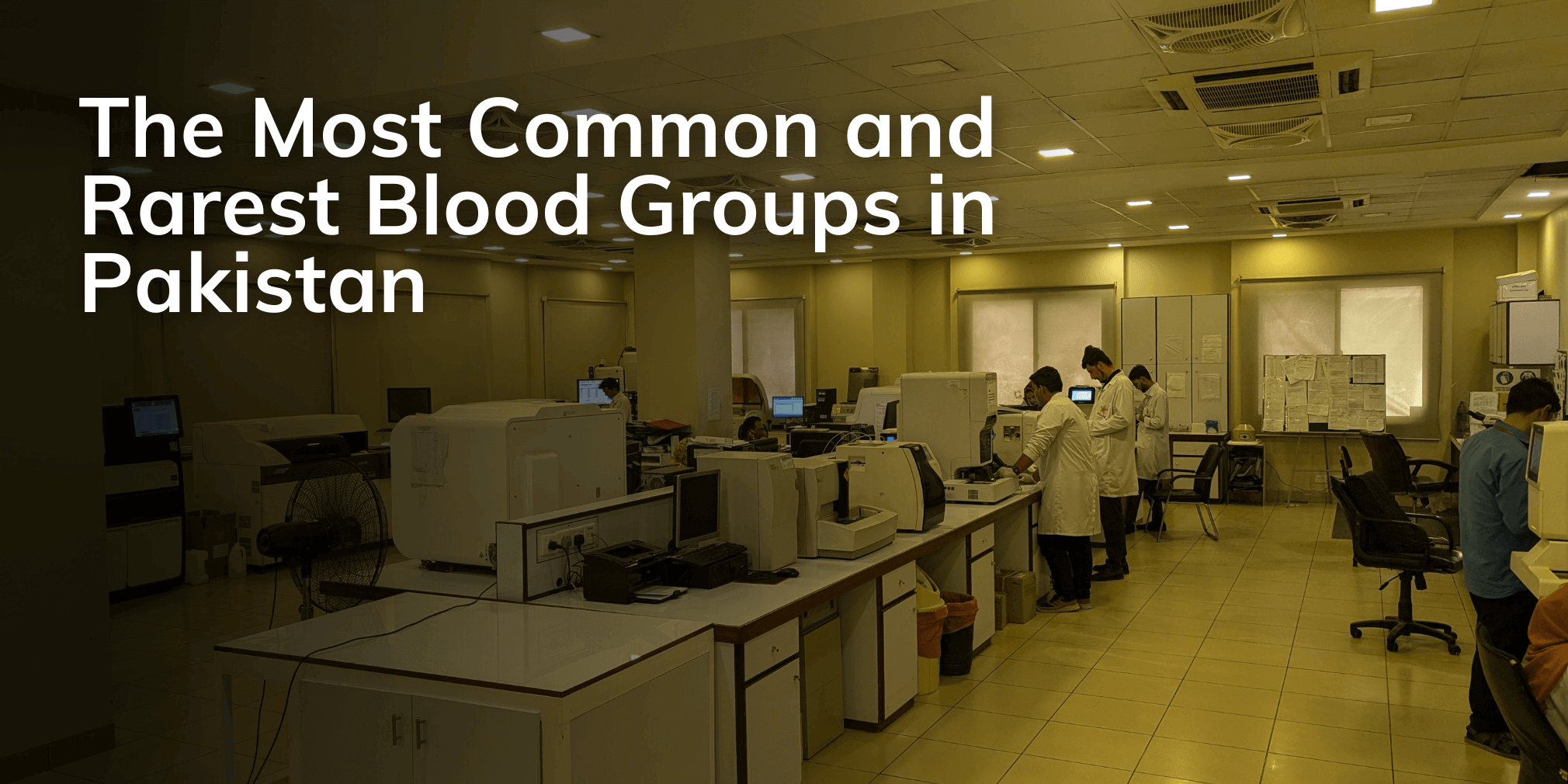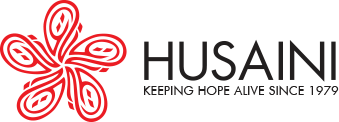
The Most Common and Rarest Blood Groups in Pakistan
Emergencies occur abruptly. And in such cases, there’s no time to waste, especially when there’s a life on the line. Yet, it’s during such emergencies that people realize they don’t have an accurate grasp of what they need medically to save the life of their loved ones. And this is alarmingly clear when it comes to understanding blood groups.
If you’ve ever struggled to find a specific blood group during a medical emergency in Pakistan, you’re not alone. Despite thousands of daily donations, not all blood types are equally available. In fact, some are so rare that there are only a handful of donors in the country. Others, while common, are in such high demand that supply often falls short.
This guide breaks down:
- The most common and rarest blood groups in Pakistan
- The science behind blood group compatibility
- The reality of rare phenotypes like Rh null and Bombay blood
- Blood types like O+ or O− can donate to or receive from
Blood Group Systems: A Quick Overview
Blood is typed using two key systems:
- ABO System
- Types: A, B, AB, and O
- Based on the presence/absence of A and B antigens on red cells
- Rh Factor
- Either positive (+) or negative (−)
- Rh D antigen determines this status
Combining both systems gives us eight major blood types:
A+, A−, B+, B−, AB+, AB−, O+, and O−.
Blood Group Distribution in Pakistan
Recent data from Pakistani blood banks and population studies reveal the following prevalence rates:
| Blood Group | Estimated Prevalence |
|---|---|
| B+ | ~33% |
| O+ | ~30% |
| A+ | ~20% |
| AB+ | ~8% |
| B− | ~3% |
| O− | ~2.5% |
| A− | ~2% |
| AB− | <1% |
Source: Data compiled from regional blood bank statistics and national screening surveys (2022).
So, B+ is currently the most common blood group in Pakistan, followed by O+. On the other end of the scale, AB− is the rarest among the conventional eight.
Understanding Blood Group Compatibility
When it comes to blood transfusion, immune compatibility matters a lot. If incompatible blood is transfused, the recipient’s immune system may attack the donor cells, causing a potentially fatal reaction.
Here’s a quick blood group compatibility chart:
| Recipient | Can Receive From |
|---|---|
| A+ | A+, A−, O+, O− |
| A− | A−, O− |
| B+ | B+, B−, O+, O− |
| B− | B−, O− |
| AB+ | All types (universal recipient) |
| AB− | AB−, A−, B−, O− |
| O+ | O+, O− |
| O− | O− only |
Key Notes:
- O−: Universal donor (can give to anyone)
- AB+: Universal recipient (can receive from anyone)
- Rh-negative individuals must not receive Rh-positive blood
Keyword: “O blood group can receive from” → O− receives only from O−
Keyword: “O+ blood group can donate to” → O+ can donate to A+, B+, AB+, and O+
Rarest Blood Groups in Pakistan
- 1. AB− (Rarest of the ABO/Rh types)
- Found in <1% of the population
- Can only donate to AB− and AB+
- Can receive from all Rh− types: O−, A−, B−, AB−
2. O−
- Lifesaving in trauma or unknown-type situations
- Less than 3% of the population has it
- Universal red cell donor, but can receive from O-only
3. Rh null (“Golden Blood”)
- Lacks all 61 Rh antigens
- Only about 50 people worldwide are confirmed Rh null
- Can donate to any Rh type, but can only receive from Rh null
Not yet officially recorded in Pakistan, but theoretically possible
The Most Common Blood Groups in Pakistan
1. B+
- Around 1 in 3 people
- Compatible with B+ and AB+ recipients
2. O+
- Around 30%
- Very useful because it can donate to A+, B+, AB+, and O+
3. A+
- About 20%
- Common in urban donor pools
Why Rare Blood Types Matter
Patients with rare blood groups often face life-threatening delays in transfusion:
- Thalassemia major and aplastic anemia patients require frequent, precisely matched blood
- Women with Rh incompatibility during pregnancy may need urgent Rh− blood
- Trauma cases with O− needs can exhaust hospital stocks quickly
This makes rare blood group registries and regular donations from known rare donors critically important.
What Is a “Mega Unit of Platelets”?
While not directly related to blood type rarity, this term often arises in the context of transfusions. A “mega unit” refers to apheresis platelets collected from a single donor using a special machine.
- One mega unit = equivalent to 5–6 pooled platelet units
- Used in cancer, transplant, and bleeding disorder cases
What You Can Do If You Have a Rare Blood Group
- Get typed: Many people don’t know their blood group until an emergency.
- Register: If you’re O−, AB−, or Bombay phenotype, enroll in a rare donor registry.
- Donate regularly: Even 2–4 times a year helps maintain a national buffer stock.
- Stay accessible: Rare donors are often contacted on short notice in critical cases.
In Pakistan, B+ and O+ dominate the blood group charts. But AB−, O−, Bombay phenotype, and Rh null represent a small, medically vital portion of the population.
Understanding your blood group is more than a health formality; it’s a way to contribute to the national supply chain of something that can never be manufactured: life-saving blood.
Internal CTA (for Husaini Blood Bank)
Know your blood group? Rare donor? Want to help?
Visit Husaini Blood Bank to:
- Get a free blood group test
- Register as a rare donor
- Support sample collection and lab testing services.
